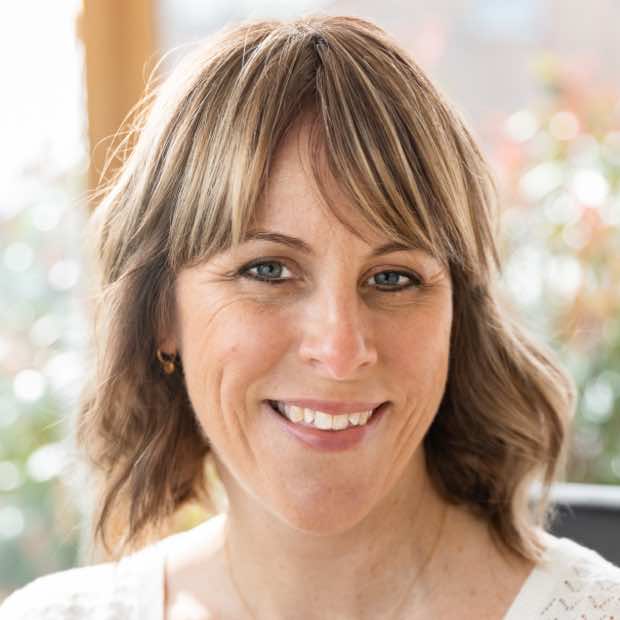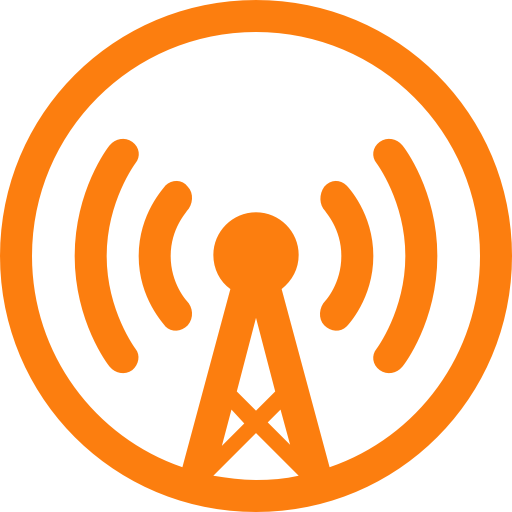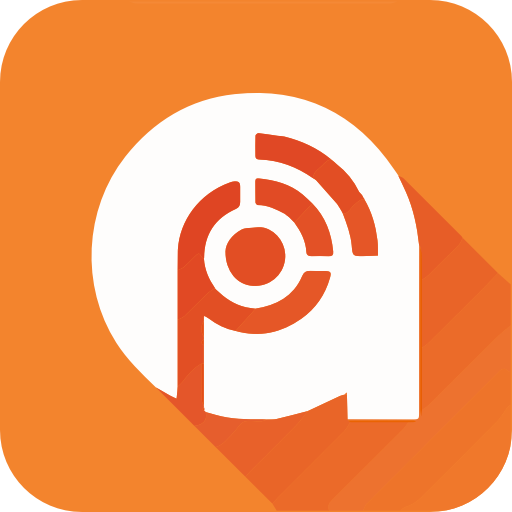Listen to this episode
On this episode
What do you tend to do when you’re feeling overwhelmed by negative thoughts or stress? Most of us want to “fix” negative emotions – but this approach usually makes it worse! Dealing with negative emotions isn’t always about fixing them; sometimes, acknowledging and recognising them is enough. Handling your mental health matters isn’t always a long, drawn-out process. Our guest for this episode shares how you can start managing negative thoughts and feelings — in as little as 10 minutes!
Dr Lee David joins us to discuss practical tools for managing our negative emotions healthily. She shares the GROW model, which anyone can perform in just 10 minutes. We also talk about how labelling your experience through words and images can help organise your thoughts. Lee also shares how to be actively compassionate towards ourselves. Your mental health matters; working on your mental and emotional health for a few minutes daily can do wonders.
If you want to know how to manage and address your mental health matters, stay tuned to this episode.
Show links
We’re opening our Resilient Team Academy this June. Register here to support your teams for resilience, well-being, and productivity without burning themselves out.
PCNs and other organisations can get a special discounted rate at the Resilient Team Academy! Find out more here.
10 Minutes to Better Mental Health by Lee David and Debbie Brewin
The Chimp Paradox by Dr Steve Peters
Dare to Lead Podcast with Brené Brown
The Gifts of Imperfection by Brené Brown
Reasons to listen
- Learn why trying to fix negative emotions is counterproductive.
- Discover how to manage your mental health matters in as little as 10 minutes.
- Understand the importance of self-compassion and taking action-based compassion.
Episode highlights
Introducing Dr Lee’s Book
How Does Cognitive Behaviour Therapy Work?
How to Deal with Negative Thoughts
Why You Can’t Fix Negative Thoughts
Observe and Label Experiences
Recognising Your Wise Self
How to Apply the GROW Model
How to Help Children
How to Be Kind to Yourself
Lee’s Top Tips









